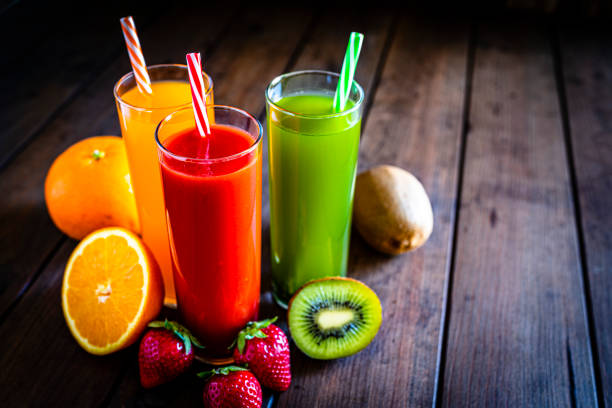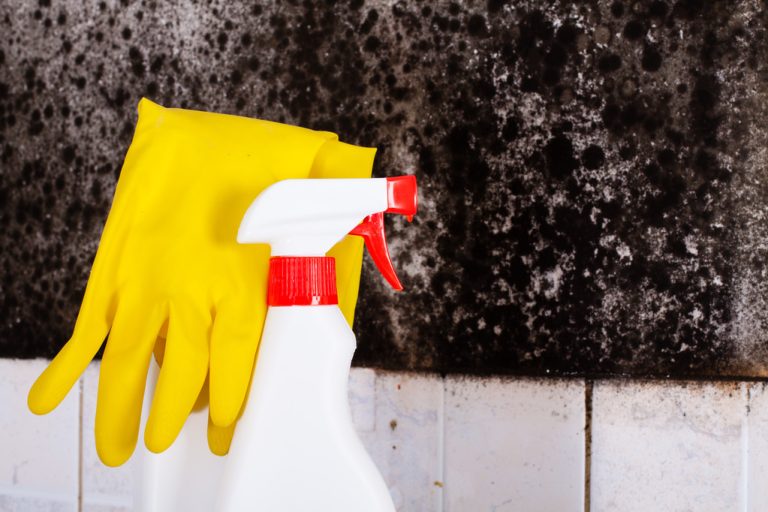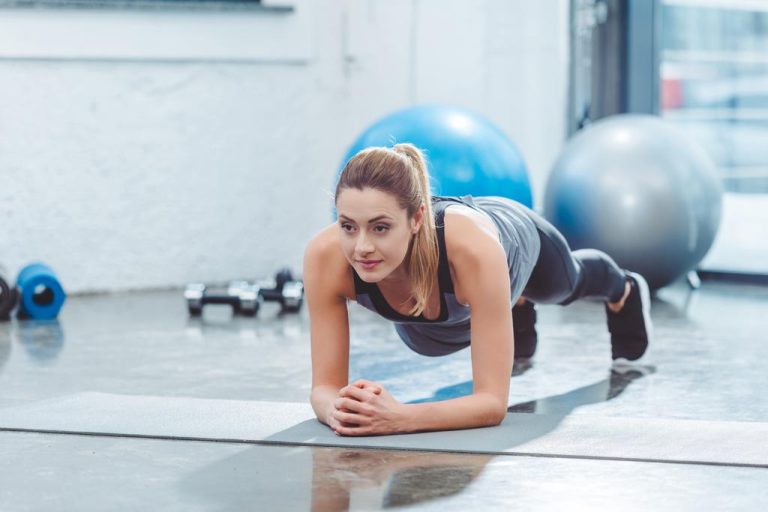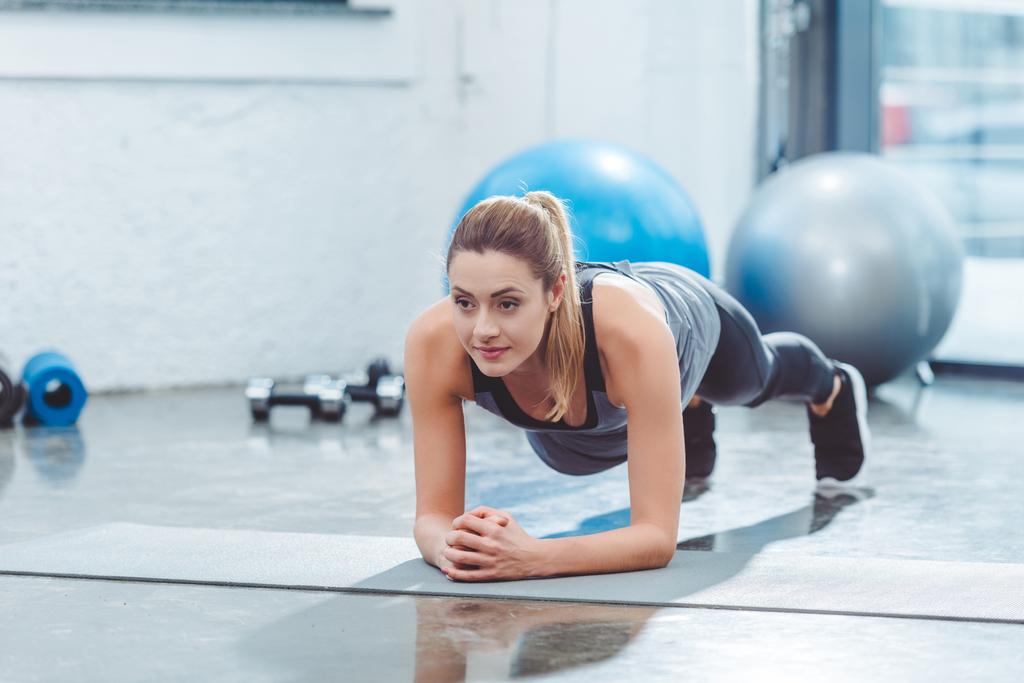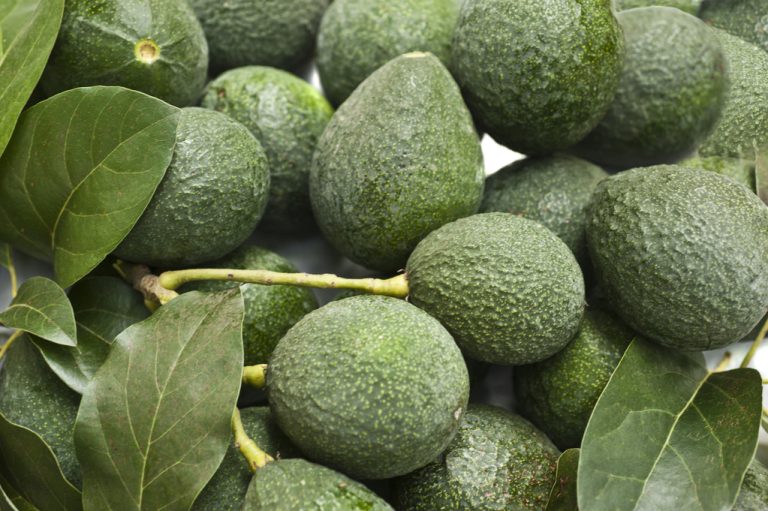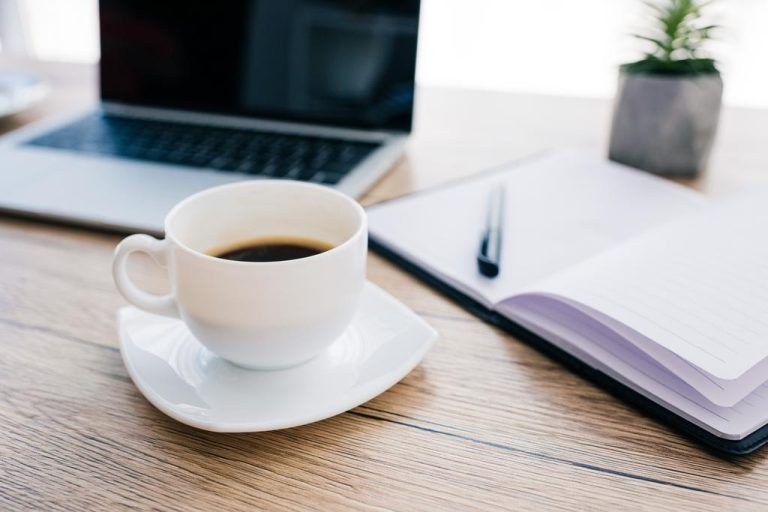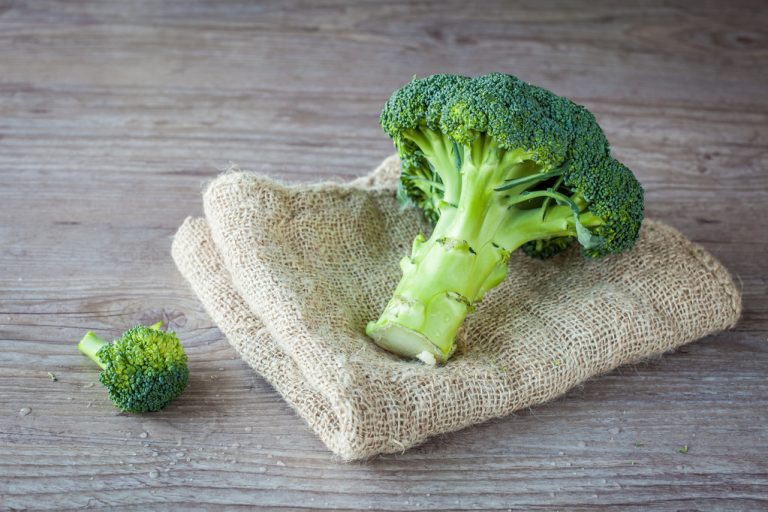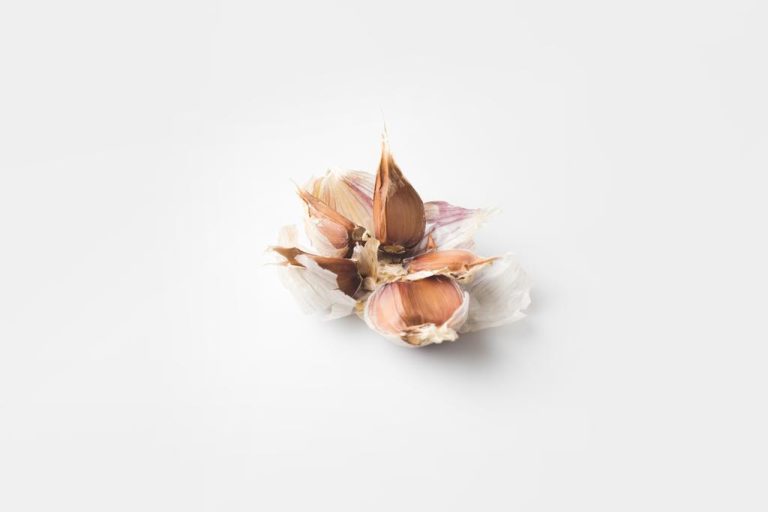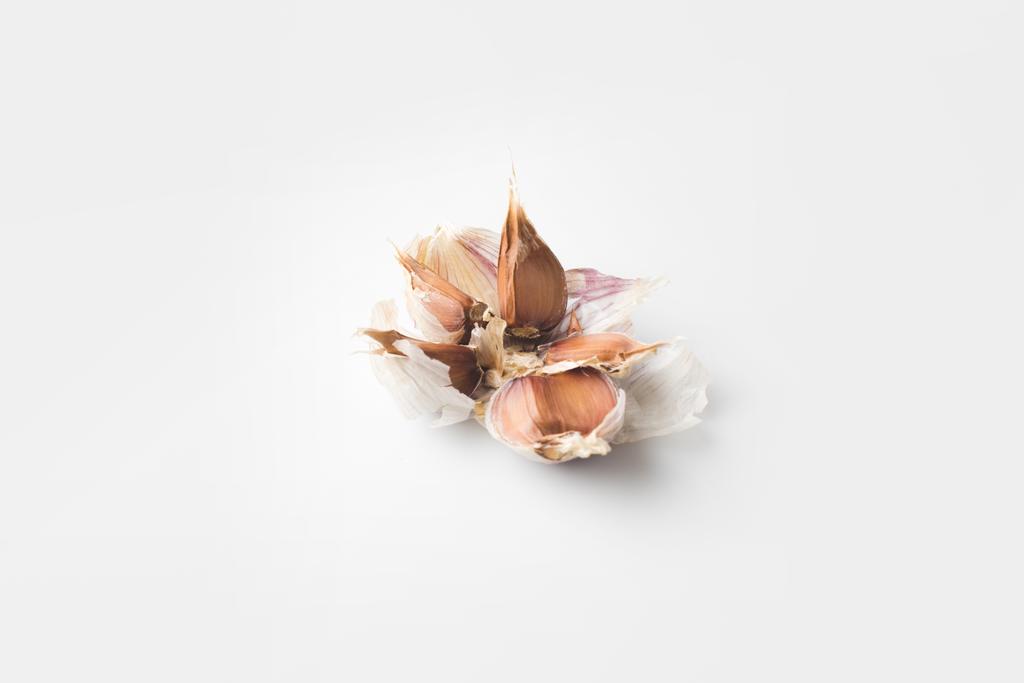It doesn’t have to be chemicals: how to remove mildew stains yourself with inexpensive home remedies.
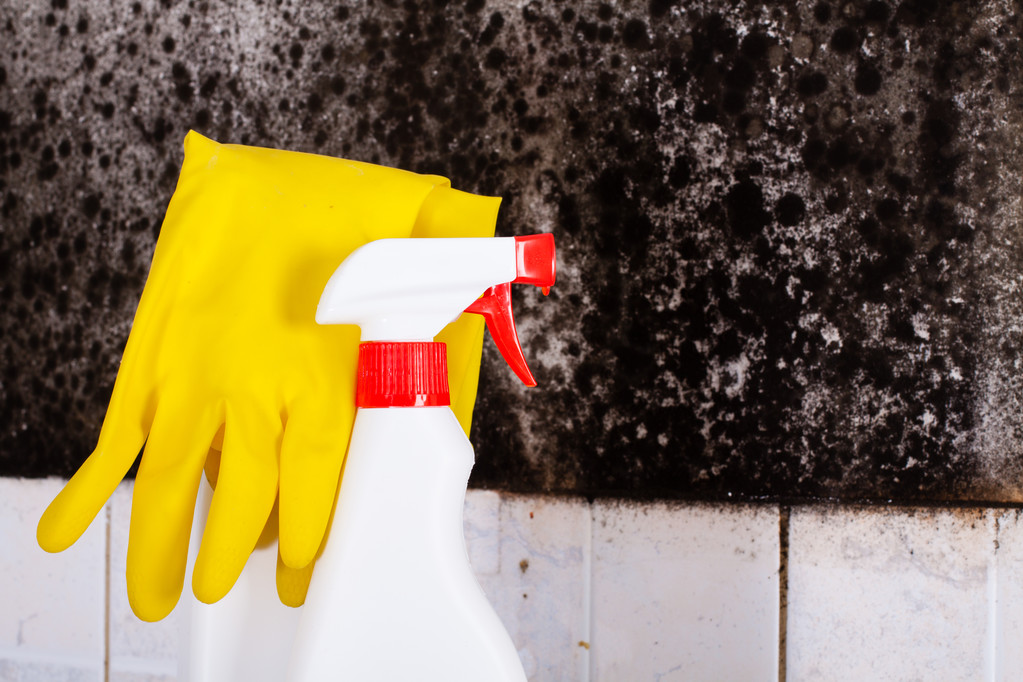
The difference between mildew and mildew
Is the dark spot behind the cupboard mold or mold stains? Mold stains and mildew look very similar at first glance, as both are visible as brownish to yellowish or greyish discolorations on the wall, they also have a musty and musty smell. On closer inspection, however, a difference becomes clear, since most mushrooms consist of what is known as mycelium. This, in turn, is made up of filamentous cells, as evidenced by thin, coherent, and puffy filaments that continue to spread out. In contrast, mold stains do not form any visible threads, although mold is also active here. Due to a higher pressure, these show a different growth, but mold stains can form from the mildew stains over time.
Mold stains are just as harmful as mold, and not just for allergy sufferers. Irritation of the mucous membranes, sleep disturbances and lack of concentration can often be the result of mold stains. Mildew stain fungal spores can fly in the air, but will not stick to a surface. As soon as so-called mycotoxins (= metabolites) from mold stains get into the respiratory tract, this can even lead to allergies, gastrointestinal complaints and a weakening of the immune system. In return, mold stains do not cause any structural damage or optical discolouration. If such dark spots appear, it can usually
Mold and mildew mostly develop when there is insufficient ventilation and too much humidity. All factors, such as drying clothes, hot baths, cooking, but also inadequately sealed walls, leaks or holes in pipes contribute to an increase in humidity. Condensation forms, which settles on surfaces and walls, since the air can no longer fully absorb the moisture. Damp, cold and uninsulated walls in particular are the ideal breeding ground for mold stains and dangerous mould. Forced airing ensures sufficient ventilation, a hygrometer helps to determine the humidity level in the air. As soon as mold stains become visible, the cause must be sought, because in many cases mold is a side effect of the discoloration. At best, these should be removed by a specialist, because mold spores can cause significant health problems, ranging from respiratory problems to lung and heart diseases or even burnout. Furthermore, an already widespread mold infestation results in considerable additional costs, which can often lead to lengthy differences in tenancies.
Home remedies for stains
The yellowish to brownish discoloration is not only found on walls and wallpaper, mold stains can also form on wood, paper, textiles or plastic. In the case of mold, professional removal is usually essential, but mold stains can often be removed yourself with the help of household remedies or special cleaners.
However, some protective measures should also be taken here when removing mildew stains. Rubber gloves, a respirator mask and suitable safety goggles are important. Furthermore, the infested stains should not be vacuumed off or swept away, as the fungal spores can easily detach in this way. The inhalation of mold spores should also be avoided by adequate ventilation. Direct skin contact with the home remedies should be avoided due to the sometimes caustic effect. After the stains have been removed, all sponges and cloths used, as well as masks and gloves, should be thrown in the garbage immediately, ideally in the garbage can outside the apartment. Clothing should also be changed, and a shower is advisable to avoid spreading more fungal spores in the area. Other items can be cleaned and disinfected.
Mold stains can be removed from numerous objects, but can only be concealed from some, such as books. Here they appear relatively frequently, often not only on the cover, but also on the pages of the book. When pressed together leaves in a book have soaked up moisture from the environment, they provide a perfect habitat for mold stains. The exclusion of air often causes moisture damage, which can only be concealed by dusting the affected areas with starch. The flour should remain in place for some time so that it sticks to the damp stains and lightens the damaged side at least a little.
Infestation of walls, textiles and wood
Already in earlier times there were stains and mold growth. To this day, some very useful home remedies that have been used since grandmother’s time to effectively remove mildew and mold have proven their worth.
wall and wallpaper
Mold stains can be removed quite easily from walls. If woodchip wallpaper is infested and is not to be changed, glass cleaner can be sprayed onto the stain. After an exposure time of five minutes, you can spray again and then rub the wall clean with a microfiber cloth. However, if the mold stains are deeper in the wallpaper, it usually cannot be saved. Woodchip wallpaper, which you can paint yourself, can still be used to a limited extent after the stains have been removed, but printed wallpaper should be replaced.
If stains are to be removed from the wall itself, you need vinegar or spirit. To do this, one of the two agents is simply placed in a small bowl, mixed with water and a clean cotton cloth immersed in it. The mold stains are then dabbed off with the cloth until they can no longer be seen. Another home remedy is a mixture of 50 grams of baking soda, 50 grams of citric acid and 150 millimeters of water. The solution is applied with a clean cleaning cloth and after half an hour it is wiped off with a lye mixture of water and washing powder. Finally, everything should be wiped off with .
On clean plaster, commercially available chlorine cleaners are suitable for removing stubborn mold stains. Mold stains on the wall are usually caused by moisture. If there is furniture in front of the infested area, move it a little further away from the wall to allow for better air circulation.
textiles and clothing
Mold stains not only appear on walls, but can also be found on textiles. These unwelcome yellow to brownish stains occur, among other things, when laundry has not been completely dried and placed in the closet. The unsightly mold stains on textiles can also be harmful to health. However, mildew stains can also be removed from clothing with simple household remedies. First of all, textiles that tolerate high temperatures can be washed at 60 degrees. In the best case, light stains have disappeared afterwards. Another inexpensive home remedy for fabric stains is buttermilk. For this purpose, the affected pieces of fabric should be placed in buttermilk for one to two days and can then be washed as usual. Vinegar not only helps with mold stains on the wall, but also on clothing and fabrics. The discolored pieces should be soaked in vinegar for one to two hours and then washed normally. Another way to counteract stains on textiles is alcohol. For this purpose, the areas with the mold stains should be soaked in it and then washed. Smaller stains can be treated with baking soda, for this purpose the areas must be moistened and rubbed with the baking soda. After the powder has dried, it can be removed with a brush. Alternatively, baking soda or baking soda can be used to combat mold stains. Another method is a mixture of water and denture cleaner, in which the laundry can be soaked. This inexpensive and at the same time effective cleaning agent has also proven itself in the area of discolored porcelain and is suitable as an alternative to baking powder. The same applies to other textiles such as seat cushion covers or blankets. In the worst case, chlorine cleaners or bleach may also be necessary for white and robust fabrics. In order to avoid mildew stains from the outset, laundry should not be left wet for too long and should not be sorted when it is damp.
wood
In the event of discoloration of wood, action must be taken quickly. Mold stains caused by water damage appear on wood in the form of gray to black or brownish discolouration, which can also be yellowish depending on the type of wood. To remove stains from varnished wood, the wood must first be cleaned with water. It should be well dry before washing the wood with a 1:1 solution of detergent and water using a brush. The wood surface will then dry and the stains should be gone. However, if these cannot be removed, vinegar can also be applied to the affected areas and allowed to act for around an hour. Finally, the area should be cleaned with water and a sponge.
If it is too late and mold has already developed from the mold stains, you must act immediately. Black mold massively damages the wood substance, it can even completely decompose it within a very short time. In addition to the health consequences, there may be other risks if the wooden components are stable or load-bearing. If the staining is light, superficial, the wood can be treated with a mixture of chlorine cleaner, vinegar essence and pure alcohol. In the case of deeper and larger infestations, a suitable fungicide from a specialist store should be used to prevent complete destruction of the wood. If stains are still visible after treatment with the cleaning agent, the mold has already penetrated deeper into the wood. The stains must be removed mechanically, which requires sanding the wood. In the case of deeper infestations, a planer can even be used in addition to the grinder. The stains must be thoroughly removed and the clean surface rubbed again with vinegar essence. After the treatment, the wood must be dried thoroughly.
Since black mold is harmful to health, care must be taken to protect yourself when removing mildew and mildew. In addition to suitable respiratory protection, work should be done outdoors if possible.
In order to avoid mildew stains on wood, wooden surfaces should be aired regularly and dried completely. Dirt must also be removed promptly. Wooden parts that are exposed to permanent weathering are more susceptible to mildew and mold growth, which is why storing garden furniture is recommended, especially in winter. Regular care of the wood and preventive mold protection are definitely recommended. Even before buying, you should pay attention to a suitable type of wood, for example hardwoods and pine species are considered to be more resistant to discoloration.

Infestation of joints, mattresses and prams
silicone joints
Even if the elastic and hard-wearing silicone is often used in homes, it is exposed to daily stress there and becomes porous over time. Even if it is considered relatively resistant to fungal attack, harmful mold can form again and again, which should be eliminated soon, especially here. Since moisture is always a perfect breeding ground for mildew and mold growth, rooms with high humidity, such as bathrooms and sanitary areas, are particularly affected by mold and need more frequent checks. Long-lasting moisture in combination with heat and condensation can not only cause mold to form on the windows, but also dirt often occurs on the seals and the water gets caught in the joints when it drains, which in turn promotes mold growth.
Basically, you should try to keep these areas as dry as possible. However, mold cannot always be completely removed from silicone joints. First, all gaps should be cleaned of dirt. A grout brush or toothbrush can be used to reach hard-to-reach areas. Then a mushy mixture of water and baking powder can be applied to the joints and worked in. The joint should not be damaged and the baking powder mixture should not dry out. Leave it on for an hour and then rinse off with clear water.
mattress
Unsightly and unhealthy mold stains can also form on mattresses. Reasons for mildew stains on mattresses can be a missing slatted frame, if the mattress is lying directly on the floor, moisture and moisture can accumulate. Air circulation through a slatted frame would be better. When buying a mattress, you should also pay attention to a certain level of breathability in order to rule out unfavorable ventilation and damage to health. Above all, allergy sufferers should prefer a high-quality mattress, as they can be particularly sensitive to pollen. Cold foam mattresses or gel mattresses are particularly suitable for preventing the formation of mold, a breathable cover for pillows and duvets, and regular ventilation and changing of the bed linen is also recommended. Mattress covers or bed underlays that rest on wider slats should also be adequately aired, since excessive pressure can contribute to the formation of mildew stains.
As soon as mold stains become visible on a mattress, you should act quickly, as mold can form as a result of the moisture. There are several home remedies for this: on the one hand, a solution of buttermilk can be applied to the affected areas, and direct sunlight is also often recommended as a home remedy for mold stains. However, if the mold has spread to the entire cover, the mattress must be disposed of. If the affected area is relatively small, a 1:1 mixture of vinegar and water can be applied to the mildew stain. This should act on the cover for 15 minutes and then be washed in the washing machine without rinsing. White laundry and a white cover can also be washed with a bleach containing chlorine.
stroller
Clothing and textiles are not the only things that can start to mold and develop mildew due to moisture. Everyday objects in particular, which are often used in all weathers, have an increased risk of infestation. If the yellow-greenish or brownish-grey spots form on the stroller, caution is advised. There is already a health risk here. However, you don’t have to throw the car away just yet. If you don’t want to resort to a chemical solution based on chlorine bleach right away, you can use simple household remedies to counteract the unpleasant discolouration.
To do this, vinegar essence and water must be mixed in a 1:1 ratio. Instead of the vinegar-water mixture, you can also use undiluted, high-proof alcohol, such as denatured alcohol or isopropanol. Then the respective solution is applied and then the corresponding area is covered with a cloth for at least 60 minutes. To prevent the vinegar essence or alcohol from evaporating, the area can also be covered with foil. Then wash off with clear water and repeat the process until the mold stains have been completely removed. Air out the pram well and let it dry completely. Another home remedy for getting rid of mildew stains on more sensitive areas of less robust fabrics is a paste made from baking soda or baking soda and water. This is applied to the affected area with a sponge or brush and then brushed off with clear water. Here, too, the cleaning process should be repeated until the stains have been removed and the stroller allowed to dry out completely. Washable items should also be cleaned in the washing machine. Stubborn stains can also be removed with an organic mildew remover.
In order to prevent mold from forming in the first place, the stroller should be completely dry, especially after rain. For this purpose, individual parts can be removed and dried separately. Storage in a damp condition should also be avoided. For a longer storage period, attention should be paid to a cool and dry storage location with low humidity.

